In 2024, the Stratocaster finally celebrates its 70th anniversary, marking a monumental milestone. It's also an ANNIVERSARY YEAR, which occurs only once every decade. Each time, Strat enthusiasts eagerly anticipate what special features will be announced, turning the occasion into a festival of excitement.
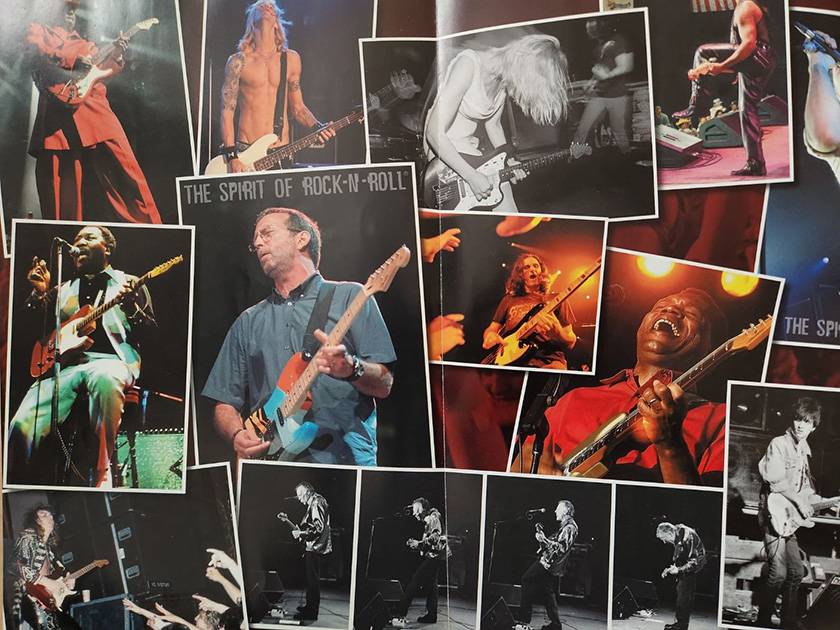
The back cover of Fender USA's 2005 catalog, featuring a large collection of artist photos, is proof that Fender has users all around the world.
Fender's first ANNIVERSARY model was the 25th-anniversary Stratocaster in 1979, featuring a large headstock, maple neck, and a light-colored body. However, due to a paint issue that caused cracks in the body, the color was changed to silver. This model is still commonly seen on the market today.
While general orders for the Stratocaster are said to have started in October 1954, it was actually introduced to the market through Fender Sales in May 1954, exactly 70 years ago. Japan was still in its developmental phase during the Showa 29 era, while the Stratocaster symbolized the golden age of 1950s America.
The first 1954 model still produces tones that are fully relevant in today’s music scene. Its stylish design, construction that can be easily assembled with screws, repair-friendly structure, and carefully selected materials all contribute to its near-miraculous level of perfection.
Today, these original models sit in vintage instrument stores behind glass cases, with price tags hanging from the necks that rival the cost of luxury cars.
Alongside the Les Paul Standard model, the Stratocaster will continue to shape the future of music.
At Sound House, we are selling four models of the 70th-anniversary Stratocaster, and I would like to highlight this model as the one closest to the original.
⇒ Models available at Sound House
FENDER / 70th Anniversary American Vintage II 1954 Stratocaster
The anniversary Stratocaster we are reviewing this time (hereafter referred to as ST54) is, in short, both special in terms of price and specs compared to previous anniversary models.
Twenty years ago, in 2004, the spotlight was on each of the Custom Shop master builders creating commemorative models based on their own interpretations. These models have since seen a steep rise in price and are now rarely found on the market.
Ten years ago, in 2014, heavily reliced models became the flagship, with additional variations centered around sunburst finishes offered at different price points.
The 70th Anniversary ST54 feels like it closely approaches the original while keeping the price relatively reasonable. Priced in the 300,000-yen range, it's certainly not cheap, but compared to previous anniversary Stratocasters, it seems to boast a high level of craftsmanship.
Now, let’s take a closer look by comparing it with the original 1954 model.
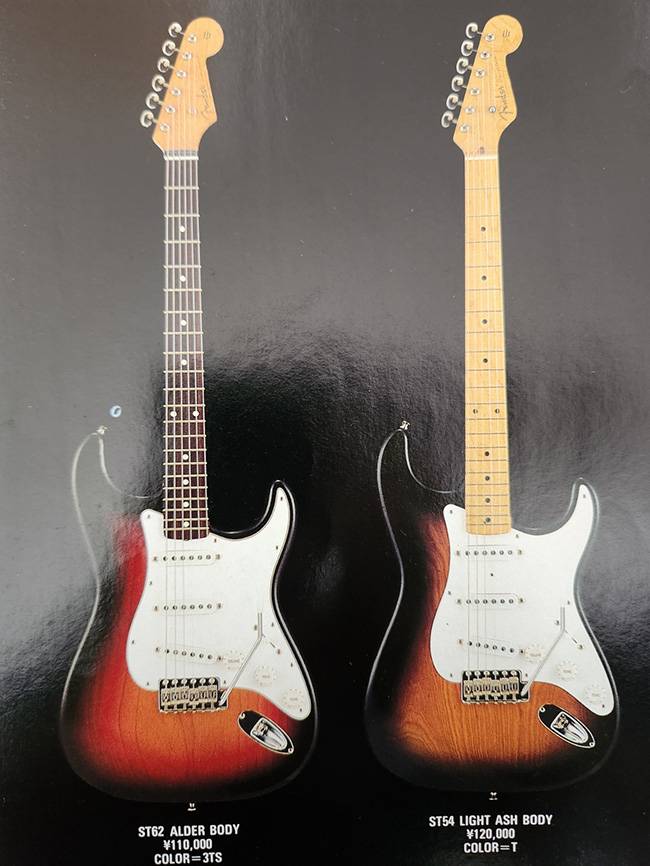
In the 1991 Fender Japan catalog, the EXTRAD models, which have become highly sought after in recent years, are featured. The basic model with a rosewood fingerboard was priced at ¥110,000, while the '54 model on the right was ¥120,000. Nowadays, if these guitars are in good condition, they can fetch prices similar to the current ST54 in the used market. So, which Stratocaster would you prefer, the one on the left or the right?
Headstock
The 1954 Stratocasters produced by the Custom Shop in the 1990s had noticeable differences from the originals, featuring a slightly larger curve. However, the headstock of the current ST54 faithfully replicates the original 1954 design, with a more pronounced beveling, staying true to the original shape. This slightly smaller headstock is unique to the 1954 model (as many 1954 models were hand-crafted, individual differences do exist).
Neck
Many anniversary models typically feature a flatter neck radius, designed to suit more modern and technical playing styles. However, the ST54 stays true to the original with a 7.25" radius.
Players accustomed to high-end Strat-type guitars might prefer a flatter fingerboard, but for guitarists familiar with the standard Stratocaster, the original radius shouldn't be a concern. While some might worry about potential issues like note choking during bends, personally, I've never encountered any problems with the original radius. It plays smoothly without any stress.
Neck Shape
The neck features a C-shape profile that is slightly thick but provides a firm, comfortable grip. Players accustomed to slimmer necks may need some time to adjust, but the solid feel makes it easier to press down chords. Despite having relatively small hands, I’ve found no issues with playing single notes or stretching for chords—it’s comfortable and easy to handle.
Nut
The nut is made of bone. While the company often uses synthetic materials, this model stays faithful to the original in this regard as well.
Dot Position
This is a small detail that can be easily overlooked, but it's worth noting. On Custom Shop 1954 Stratocaster models from around the year 2000, the spacing of the 12th fret position markers differed from the original. In the ST54, this has been faithfully reproduced, staying true to the original design.
Body
The body is the standout feature of the ST54, primarily because the ash wood used is becoming increasingly endangered. A few years ago, I heard rumors from people in the music industry about this, and after seeing similar reports in recent videos online, I became convinced.
The main source of ash, the United States, has suffered from floods that have affected the ash supply. There are also reports of pests damaging the trees.
For reference, the wood often used in copy models, "sen wood," has a similar grain but produces a different sound.
Ash was only used for a few years after the production of the Stratocaster began, and for about 20 years thereafter, the wood was switched to alder. It's worth noting that the ash used in the '70s and '80s differs from the ash used in the '50s.
While alder was lighter, easier to work with, cheaper, and received great reviews for its sound, Fender continued to recommend ash for its tone and distinctive grain.
Each piece of ash has a uniquely pronounced wood grain, giving the ST54 a more luxurious and instrument-like aura compared to alder models.
The primary tonal differences between ash and alder lie in the punch and clarity of the sound. Ash's harder, more crystalline tone is distinct from the mellower sound typical of an alder-bodied Stratocaster with a rosewood fingerboard.
I personally love ash wood for its defined, dynamic, and "scooped" sound, which contrasts sharply with the mahogany often used by Gibson. Ash tends to emphasize the highs and lows, giving it a unique tonal character.
Additionally, ash-bodied Stratocasters are often heavier than their alder counterparts, but this extra weight often results in greater low-end output.
With rising global prices and the increasing scarcity of natural resources like wood, prices for quality tonewoods have surged and are unlikely to come down. This means that the cost of guitars, especially those where wood is a key element, is likely to increase further.
Looking at the prices in this 22-year-old Fender Japan catalog, it becomes clear just how much the market has shifted over time.
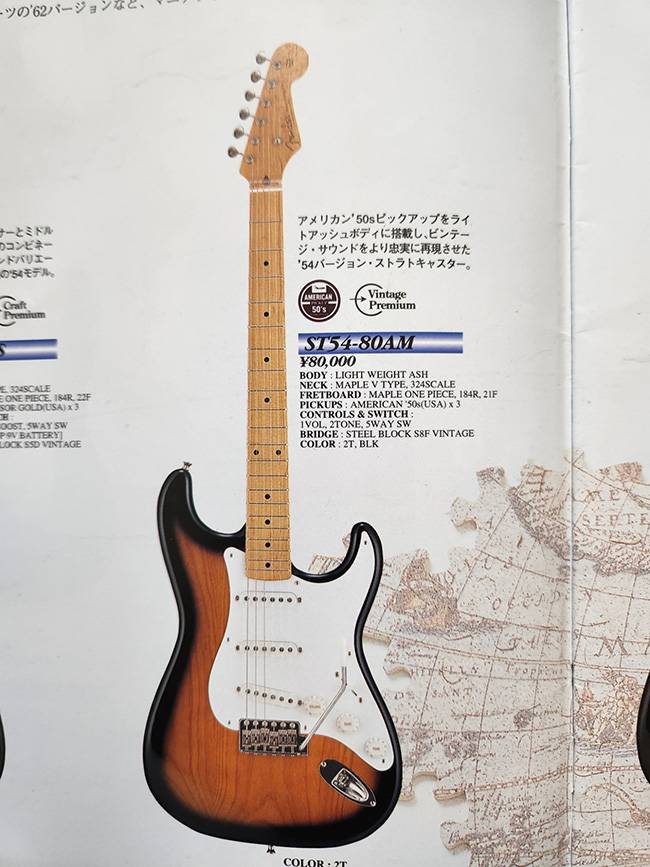
In the 2002 Fender Japan catalog, a lightweight ash body, American-made pickups, and a steel tremolo block were featured for just ¥80,000—an unbelievable price for a '54-style model today. The current ST54 may very well have people saying, "I should have bought it when I had the chance" in 20 years.
The finish is lacquer, just like the neck, a classic choice for vintage enthusiasts.
Electronics
The ST54’s attention to detail in this area is outstanding. The shape of the pickup covers, control knobs, and selector tip—all elements that were historically reserved for high-grade models—are remarkably faithful to the original design. It's impressive that Fender went to such lengths to recreate these parts, especially considering how expensive it can be just to assemble these white replica components.
Pickups
The pickups on the ST54 are custom-made to match the specific specifications of this model. Like the Eric Johnson Signature Stratocaster in a similar price range, these pickups are original and meticulously designed for the ST54. They are sure to produce an exceptional tone, offering an exclusive sound experience for those who purchase this guitar.
Pickup Selector Switch
Just like the original, the ST54 features a 3-way switch. If you prefer the versatility of a 5-way switch for easy access to the "in-between" tones, a slight modification can be made without altering the overall sound. Back in the day, players would still achieve those half tones using the 3-way switch.
Body Back
One area that comes incredibly close to being a perfect replica is the tremolo backplate. The string holes are round, not oval, just like the original. It's details like this that make you think, "Did they really go this far in recreating it?"
When the synchronized tremolo unit was first introduced, it was shipped in a floating state. The owner's manual even included precise instructions on how the tremolo block should "tilt" for proper alignment, ensuring that the string-through holes matched perfectly. As a result of Fender's meticulous design, the holes on the backplate were round, not oval, to align precisely with the floating tremolo block.
Looking at this design today might bring a smile, as many players find it an inconvenient feature. Most would likely either replace the backplate with one featuring oval holes or simply remove it entirely. However, it's impressive to see Fender's dedication to faithfully reproducing this detail, even in a guitar of this price range.
If you're not planning to use the tremolo back cover, it's worth keeping it in good condition. Finding a replacement would be a challenge, requiring a search through several domestic or international parts manufacturers, and even then, you might not be able to get one.
It’s also worth noting that in the very early models, the serial number was engraved on the upper part of the backplate. On this model, however, the serial number is located on the neck joint plate. This was likely a decision made because fewer than 200 units of the early models had serial numbers on the backplate.
In summary, the ST54 boasts many remarkable features. While it's not cheap at over 300,000 yen, it stands proudly alongside previous anniversary models.
As of 2024, it's in the same price range as late-1970s large-headstock Stratocasters. So, which do you prefer: the '70s models or the 70th Anniversary edition?
For seasoned guitarists who have a deep appreciation for the original Stratocaster, I can confidently recommend the ST54.
The column "Sound & Person" is created through contributions from all of you.
For more details about submissions,click here.





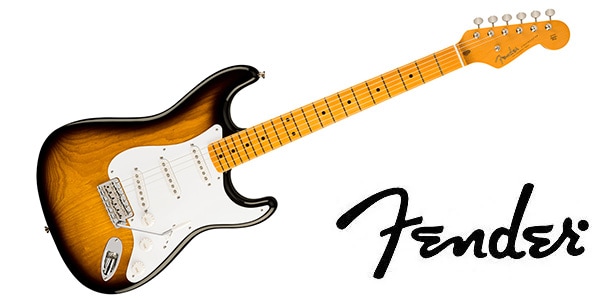

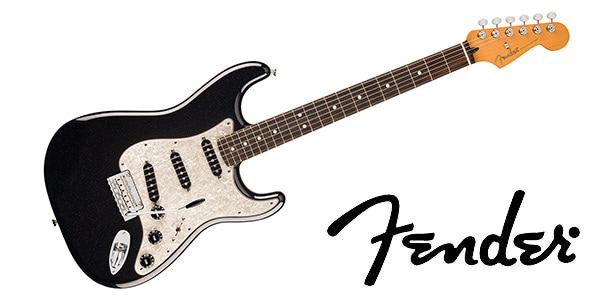
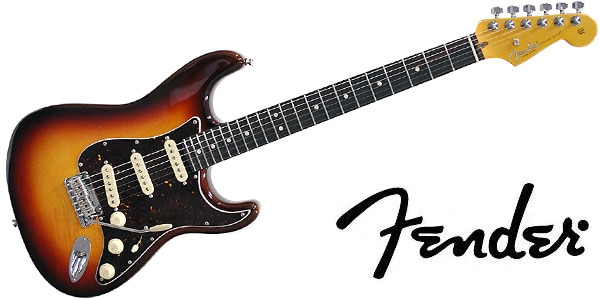

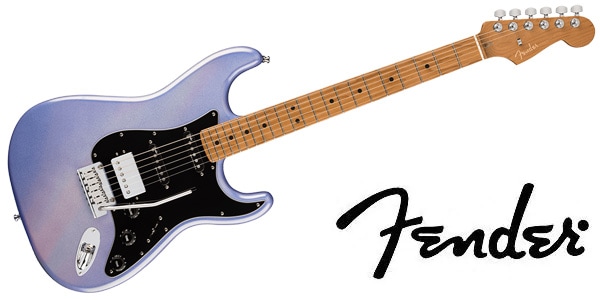





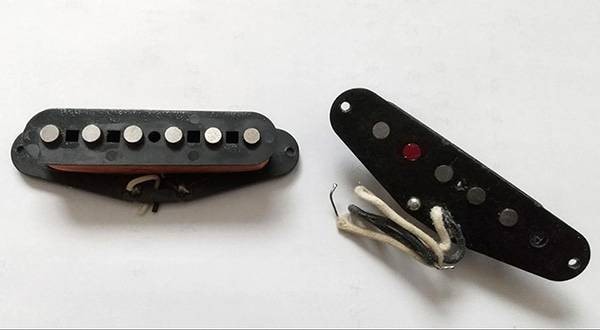
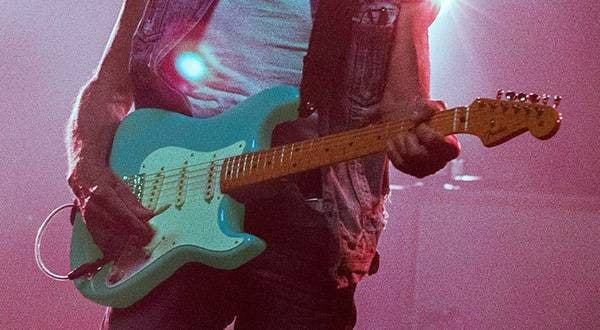
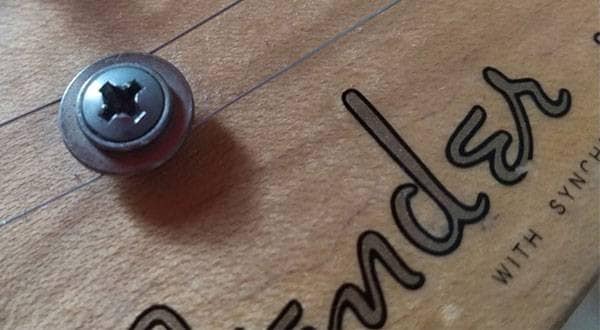
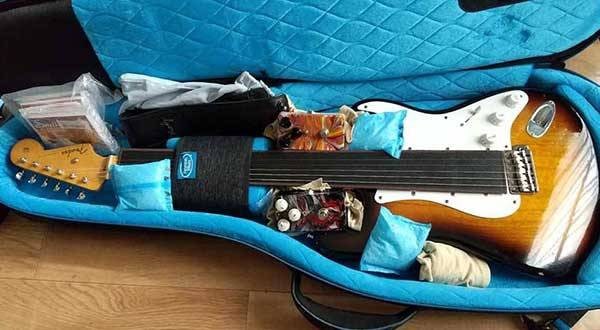
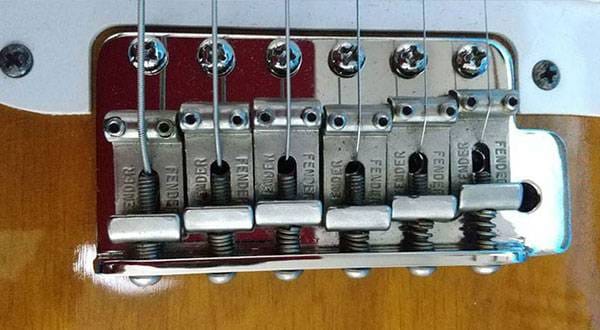
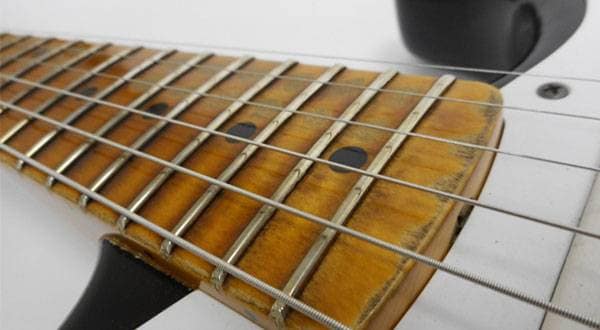
 FENDER / Vintera IIシリーズ 特集
FENDER / Vintera IIシリーズ 特集
 FENDER / Highwayシリーズ 特集
FENDER / Highwayシリーズ 特集
 Fender プロダクトラインナップ
Fender プロダクトラインナップ
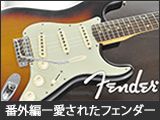 愛されたフェンダーギターたち
愛されたフェンダーギターたち
 ギターの種類
ギターの種類
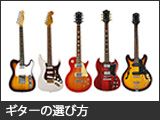 ギターの選び方
ギターの選び方















